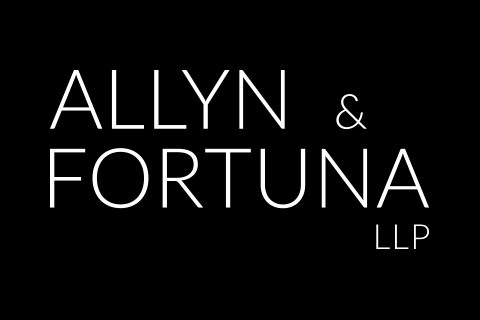Help For Businesses with Up To 500 Employees – Paycheck Protection Program
Nicholas Fortuna, April 3, 2020
Congressed enacted the Coronavirus Aid, Relief, and Economic Security Act (“Act”) that was signed into law on March 27, a historic $2 trillion stimulus package as the American public and the US economy fight the devastating spread of Covid-19.
The far-reaching legislation stands as the largest emergency aid package in US history. It represents a massive financial injection into a struggling economy with provisions aimed at helping American workers, small businesses and industries grappling with the economic disruption.
Congress authorized up to $348 billion in forgivable loans to small businesses to pay their employees during the COVID-19 crisis. The purpose of the Act is to help small businesses keep workers employed during the economic downturn caused by the Coronavirus pandemic. Importantly, these loans may be forgiven if borrowers maintain their payrolls during the crisis or restore their payrolls afterward.
To be forgiven, the loan proceeds must be used to cover payroll costs, mortgage interest, rent, and utility costs over the eight-week period after the loan is made. And, employee and compensation levels maintained after the receipt of the funds from the loan. The amount forgiven will be reduced if the business decreases the number of full-time employees; decrease salaries and wages by more than 25% for any employee that made less than $100,000 annualized in 2019. Whatever is not forgiven must be paid back within two years at an annualized interest rate of 0.50%. Payments will be deferred for the first six months, but interest will accrue over that period.
There are other restrictions that apply. The maximum amount that may be borrowed is two months of the business’s average monthly payroll from the previous year plus an additional 25% of that amount. The amount is subject to a $10 million cap. In calculating the monthly payroll, individual employees are capped at $100,000 annual pay.
Applicants must also certify the following:
- Current economic uncertainty makes the loan necessary to support ongoing operations;
- The funds will be used to retain workers and maintain payroll or make mortgage, lease, and utility payments;
- No other loan was received or will be received under the program;
- Will provide to the lender documentation that verifies the number of full-time equivalent employees on payroll, the dollar amounts of payroll costs, covered mortgage interest payments, covered rent payments, and covered utilities for the eight weeks after receiving the loan;
- Loan forgiveness will be provided for the sum of documented payroll costs, covered mortgage interest payments, covered rent payments, and covered utilities. Due to likely high subscription, it is anticipated that not more than 25% of the forgiven amount may be for non-payroll costs;
- All the information provided in the application and supporting documents and forms are true and accurate. Knowingly making a false statement to get a loan under the program is punishable by law;
- Acknowledge that the lender will calculate the eligible loan amount using the tax documents submitted. Affirm the tax documents are identical to those submitted to the IRS. And, the lender may share the tax information with the SBA.
Applications for the loan may be made at any existing approved SBA lender, federally insured depository institution, federally insured credit union, and Farm Credit System institution. Any business, including nonprofits with 500 or fewer employees may apply. While the loans will benefit many eligible businesses, it is important for businesses to assess the operating restrictions imposed by the Government as a result of receiving such loans.
 Allyn & Fortuna LLP
Allyn & Fortuna LLP